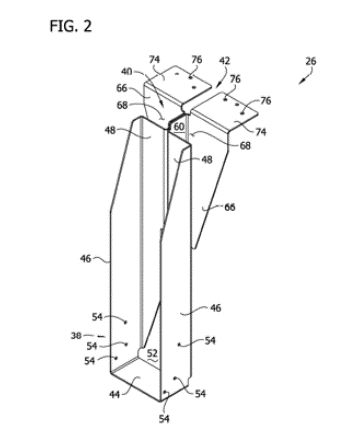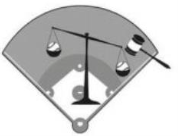The US Court of Appeals for the Federal Circuit affirmed the rejection of attorney fees, finding that neither inequitable conduct nor a conflict of interest rendered the case exceptional given the limited factual record following a stipulated dismissal in a patent case. United Cannabis Corp. v. Pure Hemp Collective Inc., Case No. 22-1363 (Fed. Cir. May 8, 2023) (Lourie, Cunningham, Stark, JJ.).
United Cannabis Corporation (UCANN) sued Pure Hemp for patent infringement. After the litigation was stayed pending bankruptcy proceedings, the parties stipulated to the dismissal. Pure Hemp then sought attorney fees based on alleged inequitable conduct by UCANN during prosecution of the asserted patent due to nondisclosure of a prior art reference used in the patent’s specification and based on a purported conflict of interest by UCANN’s litigation counsel. The district court denied Pure Hemp’s request, finding that the case was not exceptional. Pure Hemp appealed.
Pure Hemp argued that the district court erred by (1) failing to find Pure Hemp to be the prevailing party in the litigation, (2) not concluding that the undisputed facts established inequitable conduct and (3) not recognizing that UCANN’s attorneys had a conflict of interest.
The Federal Circuit found that although the district court erred in not finding Pure Hemp to be the prevailing party, this was a harmless error. The Court explained that by fending off UCANN’s lawsuit with a stipulation dismissing UCANN’s claims with prejudice, Pure Hemp is a prevailing party under § 285. However, the Court concluded that this error was harmless because the district court ultimately concluded that this case was unexceptional.
The Federal Circuit found Pure Hemp’s arguments on inequitable conduct without merit. The Court explained that it had no findings to review because Pure Hemp voluntarily dismissed its inequitable conduct counterclaim and did not seek any post-dismissal inequitable conduct proceedings. Although Pure Hemp argued that it could prevail based on the undisputed facts in the record, the Court disagreed. It explained that even the limited record demonstrated at least a genuine dispute as to both the materiality and intent prongs of inequitable conduct and, therefore, the district court properly determined that Pure Hemp did not demonstrate that this case was exceptional.
The Federal Circuit also rejected Pure Hemp’s argument that copying and pasting portions from the prior art in the patent’s specification (but not disclosing the same prior art references) was inequitable conduct. The Court explained that unlike the nonbinding cases Pure Hemp relied on, the district court here did not find that the copied prior art was material, and the record gave no reason to disbelieve the explanation provided by UCANN’s prosecution counsel. The Court was also unpersuaded by Pure Hemp’s arguments to support inequitable conduct, explaining that the Court was not free to make its own findings on intent to deceive and materiality and, further, the district court was not required to provide its reasoning for its decision in attorney fee cases.
As to Pure Hemp’s argument that the case was exceptional because UCANN’s attorneys [...]
Continue Reading
read more

 Subscribe
Subscribe




